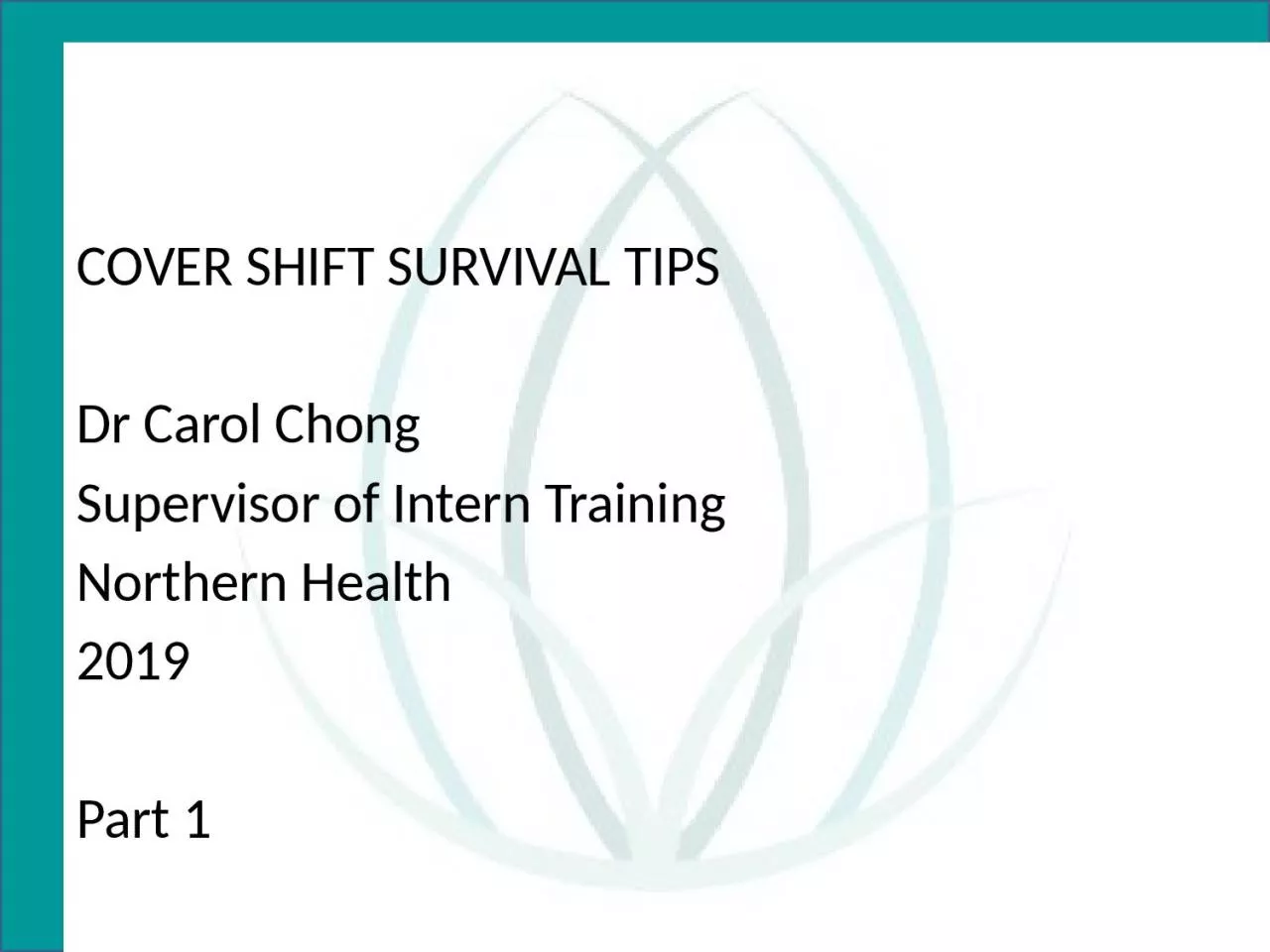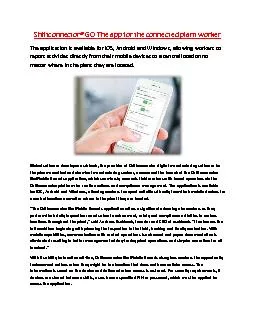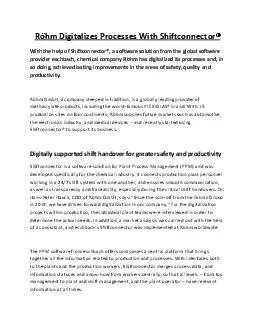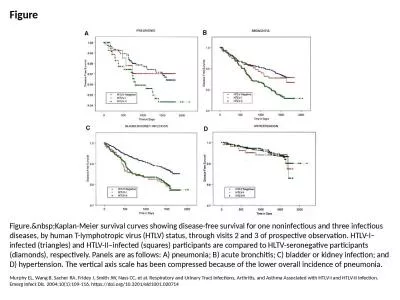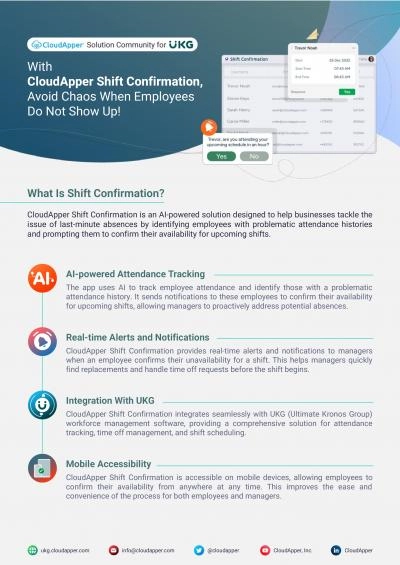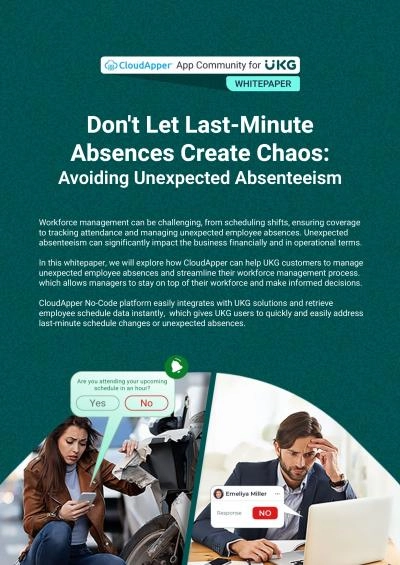PPT-COVER SHIFT SURVIVAL TIPS
Author : jones | Published Date : 2024-01-13
Dr Carol Chong Supervisor of Intern Training Northern Health 2019 Part 1 PRIORITISING You can only do one thing at a time Let nurses know how long you ll be roughly
Presentation Embed Code
Download Presentation
Download Presentation The PPT/PDF document "COVER SHIFT SURVIVAL TIPS" is the property of its rightful owner. Permission is granted to download and print the materials on this website for personal, non-commercial use only, and to display it on your personal computer provided you do not modify the materials and that you retain all copyright notices contained in the materials. By downloading content from our website, you accept the terms of this agreement.
COVER SHIFT SURVIVAL TIPS: Transcript
Download Rules Of Document
"COVER SHIFT SURVIVAL TIPS"The content belongs to its owner. You may download and print it for personal use, without modification, and keep all copyright notices. By downloading, you agree to these terms.
Related Documents

